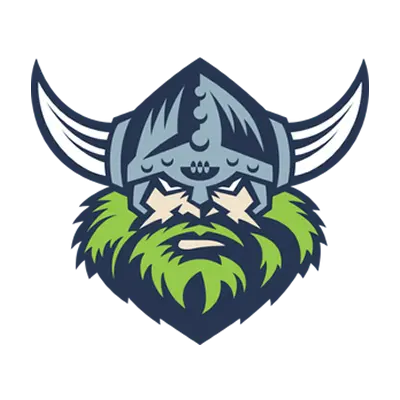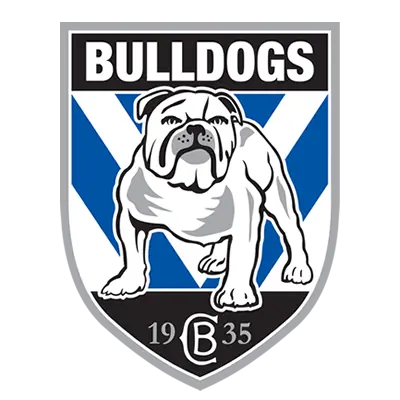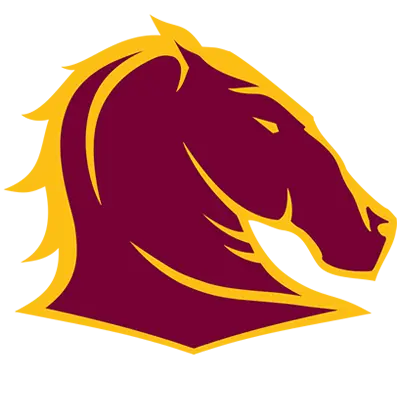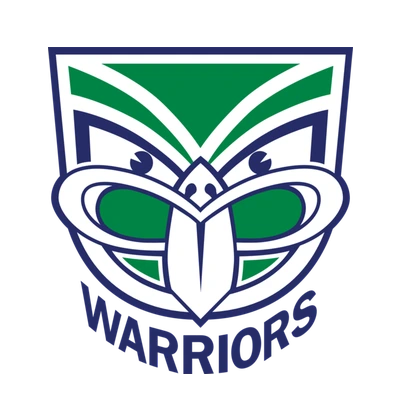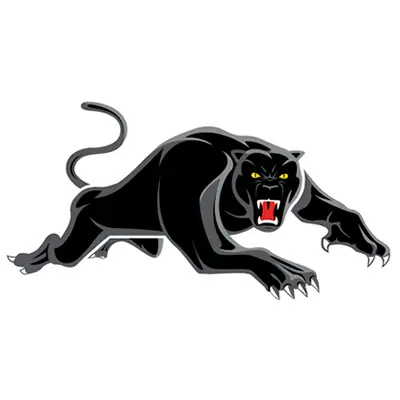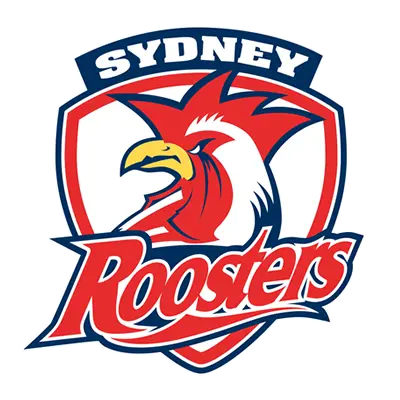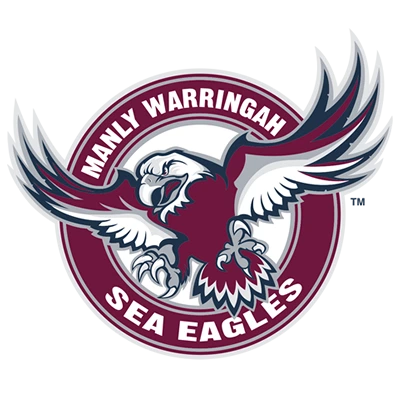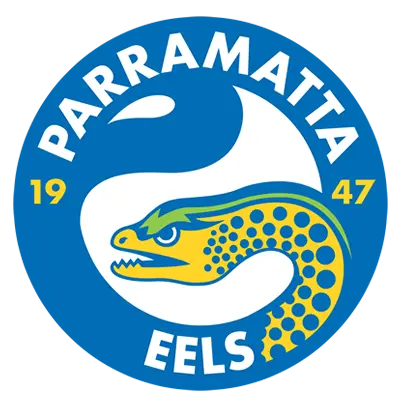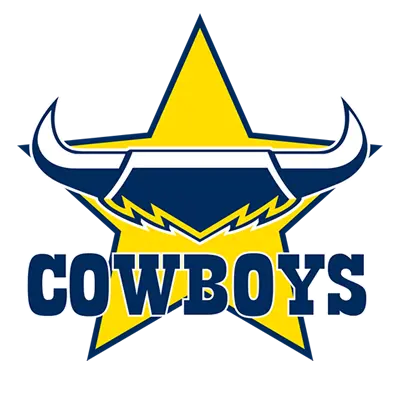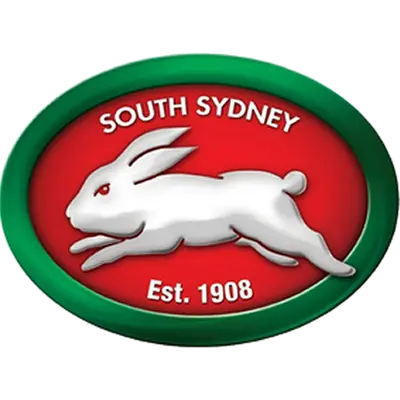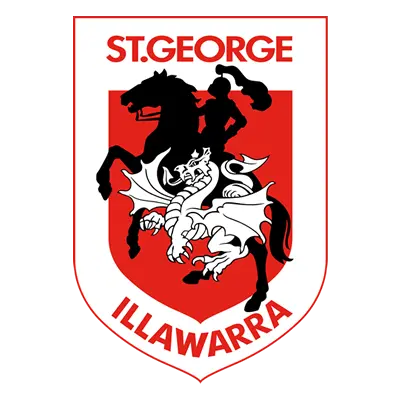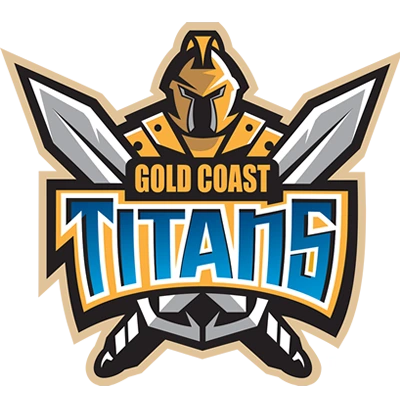G
Guest
Guest
There is a great article about Darrell Williams on MSE today. I didn' know how to set up a link to it so have copied it below (thanks snoz). It would have made a great ex-player profile wheel.
Hopefully some of our current players might read it and realise that you can play with injury pain.
When Darrell Williams first made the Kiwi rugby league team, everything looked effortless for the Aucklander.
A silky smooth runner, he was sound on defence, dangerous on attack and blessed with great anticipation. He played so well against the touring Kangaroos in 1986 that Australian coach Bob Fulton recruited him for his Sydney club Manly-Warringah.
But there was a problem. Playing for his Mt Albert club side before departing for Sydney, Williams tore cruciate and medial ligaments in his right knee. Those are the fibrous bands of tissue that hold the thigh and shin bones in place and prevent the knee from buckling inward. Williams was advised to have his knee reconstructed, an operation that, in those days, took six months to recover from.
But, worried his dream of playing for Manly would end before it started, Williams decided against the operation and against telling Manly. Instead, he played with the injuries. Halfway through the season, the pain became so intense he went to see a Sydney orthopaedic surgeon who gave him the same advice he'd been given in Auckland - have the knee reconstructed. But in the next match Williams scored three tries and decided he could get by.
He did, but developed other problems as a result of favouring his right leg, including a stress fracture in his left shin.
By the time Manly, eventual winners of the grand final, entered the last two months of the season, he needed up to seven "needles" to get through matches and four to get through training. By this time, his problems were obvious to the club, but, with Manly closing in on the title, Williams was under pressure to keep playing. However, he doesn't blame the club for his subsequent problems.
"I can't say that pressure got to me because I'd already made up my mind to play," he says.
Williams eventually had the operation, the first of six on his knees, at the end of the season. But midway through the next season he tore his left knee apart so badly he couldn't play on. He tore the same knee apart again at the end of the 1989 season. His surgeon had planned to insert a synthetic medial ligament in the knee because the original was irreparable, but discovered, after opening it up, that the damage was so bad there was nothing to attach it to. So Williams played the rest of his career without a medial ligament in his left knee.
It meant he couldn't move sideways because his knee would collapse, a considerable handicap against sidestepping opponents, but Williams was so adept at reading the game he managed to cover up his disability most of the time. What he couldn't cover up, however, was the loss of his own sidestep and pace. It meant he had to reinvent himself as a defensive player.
Williams continued playing till 1994, but he became progressively more limited in his movement. His career finally came to an end after 98 first-grade games and 21 tests, after he struggled through a three-kilometre pre-season time trial at his second Sydney club, Parramatta. "The coach pulled me aside and these words will always ring in my ear. He said, 'You look like you are in pain', and I was. It just killed me to run on hard ground, and I realised my days of bluffing coaches were over. I never went back again."
Today, Williams, who is starting a computer company in Sydney after managing a Manly hotel for eight years, is "suffering big time".
"I can run, but it really hurts and my knees will swell up the next day. I need an operation right now just to clean my knees out because I don't have any cartilage left in my knees. I'm a candidate for knee replacements in another 20 years."
The pain is not his only regret. He's unhappy that league fans came to think of him as a defensive player, never knowing the handicap he played under.
It is something he has never previously talked about publicly.
"Back in my day, it was a manliness sort of thing," he says. "You didn't admit you had injuries, you didn't succumb to injuries. It came down to how much pain you could tolerate and some could obviously tolerate more than others."
There was also the question of money. "When I first came to Australia, a big emphasis on our payment structure was based on match payments, which meant that if you succumbed to injuries you didn't get your match payments and that made up a lot of your contract. So a lot of players would play with injuries. Whereas these days, because they receive such high sign-on fees, they [players] can afford to miss games and get themselves better properly and miss a few months of football.
"Every knee injury that I had, I played on with. In hindsight, I can see that was a major mistake and it definitely affected the way I played football and the way I trained and it affects me now at the age of 42."
Shouldn't his clubs have insisted he have the operations he needed?
"A lot of it I did in secrecy away from them. I didn't tell them and they didn't want to know.
"These days they're a lot more sympathetic to players and they know that to get the best out of a player they need to look after him health-wise."
Williams still takes a measure of satisfaction from the fact he was able to hold down a first-team position, and his Kiwi spot, with injuries that sidelined most of his peers. But the pride is overwhelmed by regret that he did not have the operations when he needed them.
"It definitely would have prolonged my football career and it would have helped me become a more rounded player. In my youth, I was quite good defensively and on attack, but I had to make up for my knees and that affected my attacking game."
Hopefully some of our current players might read it and realise that you can play with injury pain.
When Darrell Williams first made the Kiwi rugby league team, everything looked effortless for the Aucklander.
A silky smooth runner, he was sound on defence, dangerous on attack and blessed with great anticipation. He played so well against the touring Kangaroos in 1986 that Australian coach Bob Fulton recruited him for his Sydney club Manly-Warringah.
But there was a problem. Playing for his Mt Albert club side before departing for Sydney, Williams tore cruciate and medial ligaments in his right knee. Those are the fibrous bands of tissue that hold the thigh and shin bones in place and prevent the knee from buckling inward. Williams was advised to have his knee reconstructed, an operation that, in those days, took six months to recover from.
But, worried his dream of playing for Manly would end before it started, Williams decided against the operation and against telling Manly. Instead, he played with the injuries. Halfway through the season, the pain became so intense he went to see a Sydney orthopaedic surgeon who gave him the same advice he'd been given in Auckland - have the knee reconstructed. But in the next match Williams scored three tries and decided he could get by.
He did, but developed other problems as a result of favouring his right leg, including a stress fracture in his left shin.
By the time Manly, eventual winners of the grand final, entered the last two months of the season, he needed up to seven "needles" to get through matches and four to get through training. By this time, his problems were obvious to the club, but, with Manly closing in on the title, Williams was under pressure to keep playing. However, he doesn't blame the club for his subsequent problems.
"I can't say that pressure got to me because I'd already made up my mind to play," he says.
Williams eventually had the operation, the first of six on his knees, at the end of the season. But midway through the next season he tore his left knee apart so badly he couldn't play on. He tore the same knee apart again at the end of the 1989 season. His surgeon had planned to insert a synthetic medial ligament in the knee because the original was irreparable, but discovered, after opening it up, that the damage was so bad there was nothing to attach it to. So Williams played the rest of his career without a medial ligament in his left knee.
It meant he couldn't move sideways because his knee would collapse, a considerable handicap against sidestepping opponents, but Williams was so adept at reading the game he managed to cover up his disability most of the time. What he couldn't cover up, however, was the loss of his own sidestep and pace. It meant he had to reinvent himself as a defensive player.
Williams continued playing till 1994, but he became progressively more limited in his movement. His career finally came to an end after 98 first-grade games and 21 tests, after he struggled through a three-kilometre pre-season time trial at his second Sydney club, Parramatta. "The coach pulled me aside and these words will always ring in my ear. He said, 'You look like you are in pain', and I was. It just killed me to run on hard ground, and I realised my days of bluffing coaches were over. I never went back again."
Today, Williams, who is starting a computer company in Sydney after managing a Manly hotel for eight years, is "suffering big time".
"I can run, but it really hurts and my knees will swell up the next day. I need an operation right now just to clean my knees out because I don't have any cartilage left in my knees. I'm a candidate for knee replacements in another 20 years."
The pain is not his only regret. He's unhappy that league fans came to think of him as a defensive player, never knowing the handicap he played under.
It is something he has never previously talked about publicly.
"Back in my day, it was a manliness sort of thing," he says. "You didn't admit you had injuries, you didn't succumb to injuries. It came down to how much pain you could tolerate and some could obviously tolerate more than others."
There was also the question of money. "When I first came to Australia, a big emphasis on our payment structure was based on match payments, which meant that if you succumbed to injuries you didn't get your match payments and that made up a lot of your contract. So a lot of players would play with injuries. Whereas these days, because they receive such high sign-on fees, they [players] can afford to miss games and get themselves better properly and miss a few months of football.
"Every knee injury that I had, I played on with. In hindsight, I can see that was a major mistake and it definitely affected the way I played football and the way I trained and it affects me now at the age of 42."
Shouldn't his clubs have insisted he have the operations he needed?
"A lot of it I did in secrecy away from them. I didn't tell them and they didn't want to know.
"These days they're a lot more sympathetic to players and they know that to get the best out of a player they need to look after him health-wise."
Williams still takes a measure of satisfaction from the fact he was able to hold down a first-team position, and his Kiwi spot, with injuries that sidelined most of his peers. But the pride is overwhelmed by regret that he did not have the operations when he needed them.
"It definitely would have prolonged my football career and it would have helped me become a more rounded player. In my youth, I was quite good defensively and on attack, but I had to make up for my knees and that affected my attacking game."

